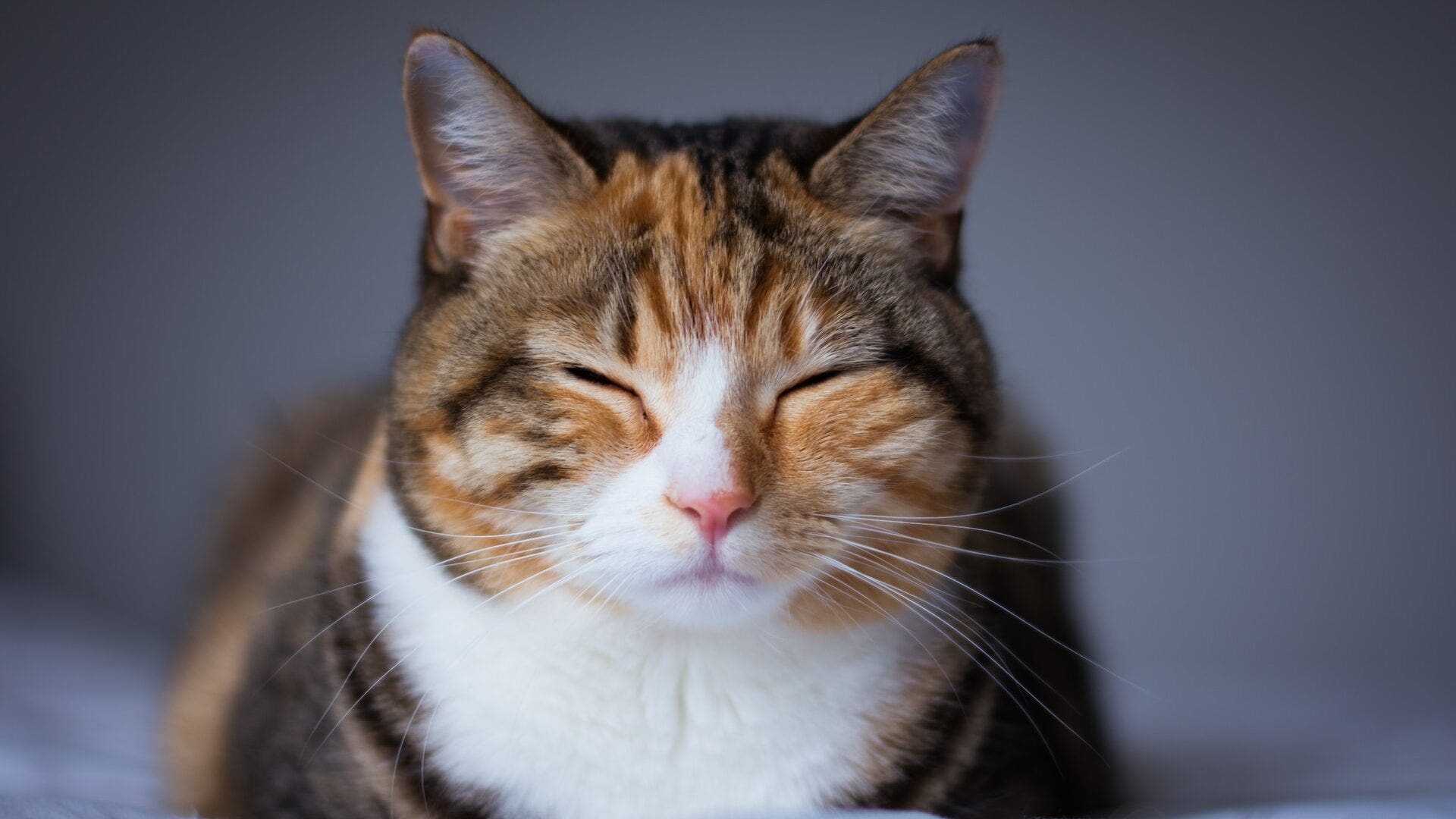Owners of older cats can choose from the same types of pet insurance available for young cats:
Accident only: Animal insurance covers animal damage caused by an accident. Policy holders are given the maximum amount they can claim for accidental damage. A certain amount can also be given for emergency treatment of pain.
Some policies may cover an injury or condition for up to 12 months from the date the pet was first treated.
a while – How long it covers for each accident or illness is usually set at 12 months. It also sets limits on the amount of money that can be claimed for each health condition.
For example, if a policyholder claims a condition for five months during the policy term, the condition will be covered for the next seven months and then for another five months after renewal (if the policyholder chooses to renew the policy).
However, if the policyholder reaches the financial claim limit before the end of the 12 months, they will have to pay for the additional treatment of the disease.
There may be an annual combined financial limit on the policy, which means that once this limit is reached, the policyholder cannot claim any conditions.
The coverage on this policy can expire quickly, which makes it unsuitable for older animals in a continuous situation. A condition that occurs in one pet’s body and later returns to another location is classified as one condition and is subject to a single coverage limit.
Maximum benefit: It provides coverage for each illness, injury or condition up to a certain limit. There is no time limit on when the cover should be used. Whenever the financial limit is reached, the policyholder has to cover additional veterinary fees. Coverage limits cannot be renewed annually.
This means that if a policyholder has £1,000 for a condition and claims £300 for cancer treatment within 12 months, they can still claim up to £700 for cancer treatment.
If a condition occurs in one pet’s body and returns to another, an insurer will classify it as the same condition and provide a coverage limit for it.
Lifetime coverage; This type of policy provides the most comprehensive coverage available, but is typically more expensive than other types of coverage. While it may cover a pet for its lifetime, it may offer unlimited vet coverage per year or cover an annual claim amount. It also limits how much can be claimed per health condition.
For example, a lifetime policy may have annual veterinary cover of £2,000 and £1,000 for each condition. If a policyholder claims £1,000 for cancer treatment and their cat needs further cancer treatment in the same year, they will have to cover the shortfall out of pocket. However, you can claim up to £1,000 for other conditions in the same year.
If the policyholder decides to renew the policy at the end of the 12-month period, the coverage limits will revert to where they were.
As coverage for pre-existing conditions is not typically offered by insurers, it is best to insure a pet when it is young, which means it will be covered when it develops any conditions or is injured.
